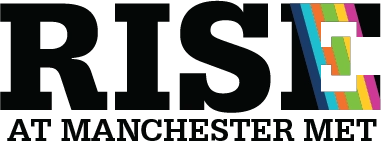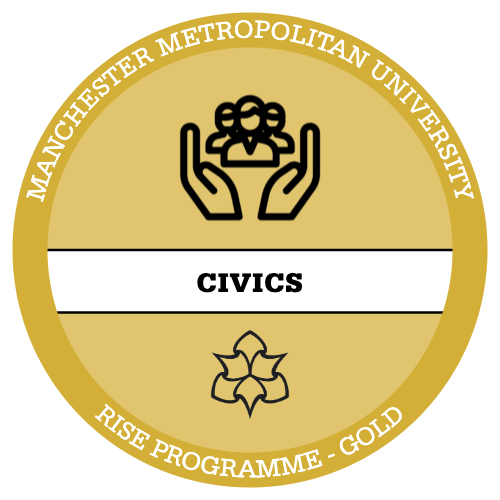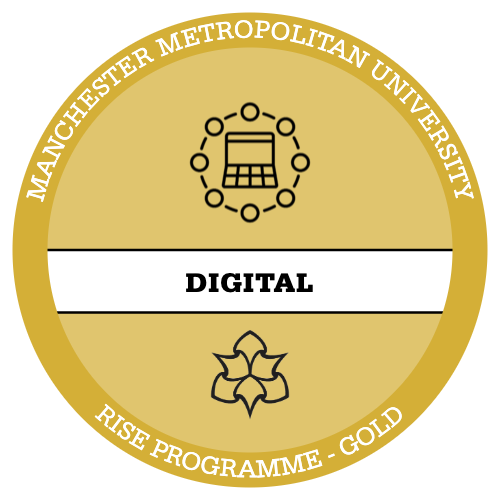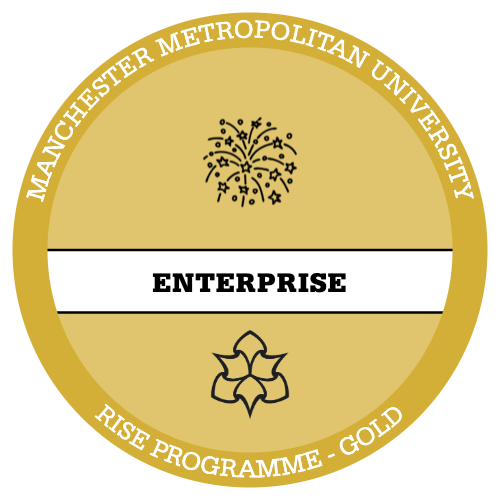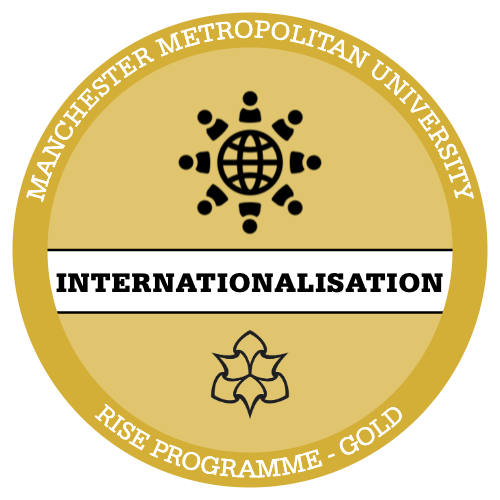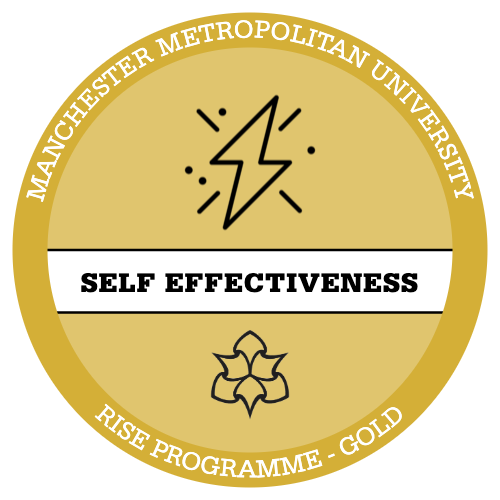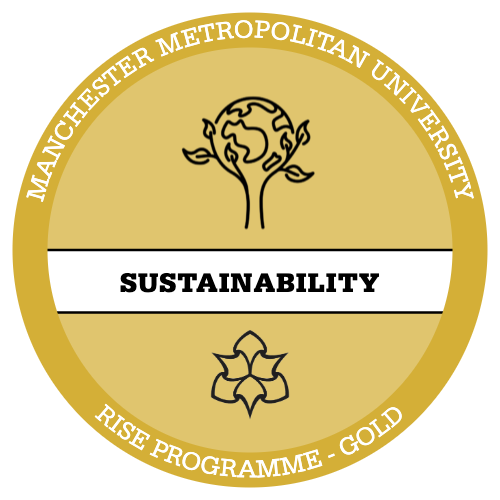Introduce
Bonding with a baby is a vital part of early development as it allows for secure attachments to be established with the primary caregivers. Attachment is the deep, lasting bond that forms between a child and their caregiver, beginning in the womb and continuing throughout childhood. This connection has a profound impact on a person’s mental, emotional, and physical wellbeing, shaping their relationships both as a child and later as an adult.
The following factsheet from The Association for Infant Mental Health UK highlights how parenting begins in pregnancy and offers guidance as to how to assess the parents relationship with their unborn child:
John Bowlby, a British Psychologist, emphasised that the caregiver-child relationship serves as the foundation for a child’s social connections and sense of self.
Schaffer & Emerson (1964) conducted an observational study of 60 children in Glasgow, Scotland, to understand how babies form and develop attachments. Watch the following video to find out more:
This booklet aims to share supportive ideas to help parents in getting to know and bonding
with their baby both before they are born and beyond.
Develop
There is a growing body of evidence that skin-to-skin contact after the birth helps babies and their mothers to bond. Select each of the hotspots in the image to find out more:
Watch the video below to learn about the theory and practice of skin-to-skin:
You can read more about research into skin-to-skin contact here.
Reflect
Stop and Reflect: Take some time to think about babies and families you have worked with to reflect on the following questions:
– What does bonding mean to you, and why do you think it is so important?
– How might you identify a strong bond between a baby and their caregiver?
– What challenges might parents or caregivers face in bonding with their baby (e.g. mental health issues, stress or lack of support?)
Optional
The following article provides further insight into why the relationship with the unborn baby matters and outlines implications for practice:
